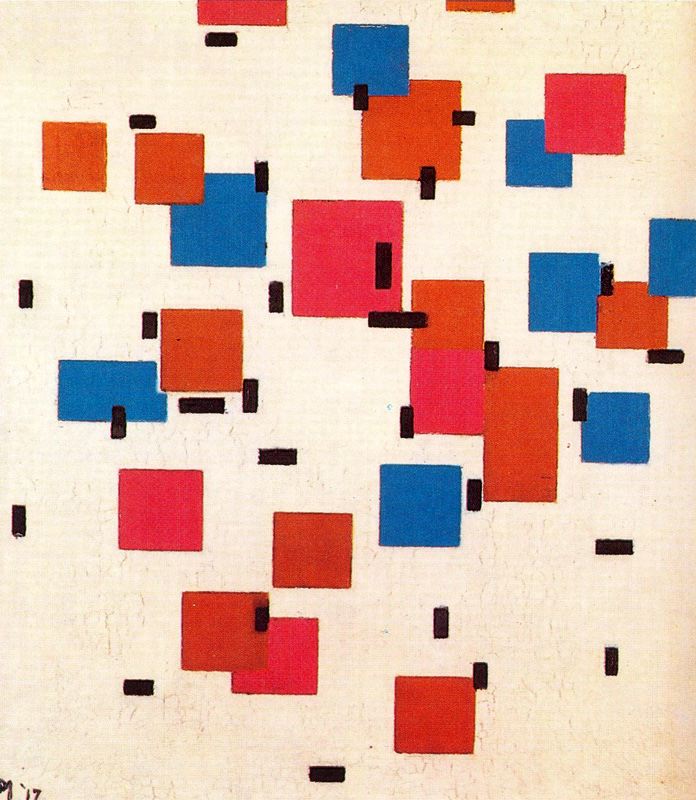Per una mappa ‘quantistica’ delle teorie della lirica (2000-2023)
DOI:
https://doi.org/10.13133/2239-1983/18808Abstract
In the last twenty years, especially the USA and Germany, the theory of the lyric has progressively grown to be a prolific field of study, inspired by the urge of overcoming the perceived lack of an exhaustive definition of the “lyric”, as well as by the necessity of departing from the closely formalistic critical debates. The lyric has therefore received renewed attention from multiple outlooks: from post-classical narratology to (neuro)cognitive perspectives, from stylistics to affect studies, among others. While this renewed scholarly engagement has resulted in a plethora of critical contributions, these approaches have frequently clashed with each other, especially with regards to issues of genre delimitations, fictionality and performativity, thus depicting a fragmented but profoundly interrelated critical space. In this paper, I will offer a comprehensive survey of the most relevant theories of the lyric appeared in the last two decades outside of the Italian critical debate, while metaphorically drawing together the theory of the lyric and quantum theory, on the grounds of similar features of uncertainty, interdependence, and hermeneutic emphasis.
Downloads
Published
How to Cite
Issue
Section
License
Gli autori che pubblicano su questa rivista accettano le seguenti condizioni:- Gli autori mantengono i diritti sulla loro opera e cedono alla rivista il diritto di prima pubblicazione dell'opera, contemporaneamente licenziata sotto una Licenza Creative Commons - Attribuzione che permette ad altri di condividere l'opera indicando la paternità intellettuale e la prima pubblicazione su questa rivista.
- Gli autori possono aderire ad altri accordi di licenza non esclusiva per la distribuzione della versione dell'opera pubblicata (es. depositarla in un archivio istituzionale o pubblicarla in una monografia), a patto di indicare che la prima pubblicazione è avvenuta su questa rivista.
- Gli autori possono diffondere la loro opera online (es. in repository istituzionali o nel loro sito web) prima e durante il processo di submission, poiché può portare a scambi produttivi e aumentare le citazioni dell'opera pubblicata (Vedi The Effect of Open Access).


